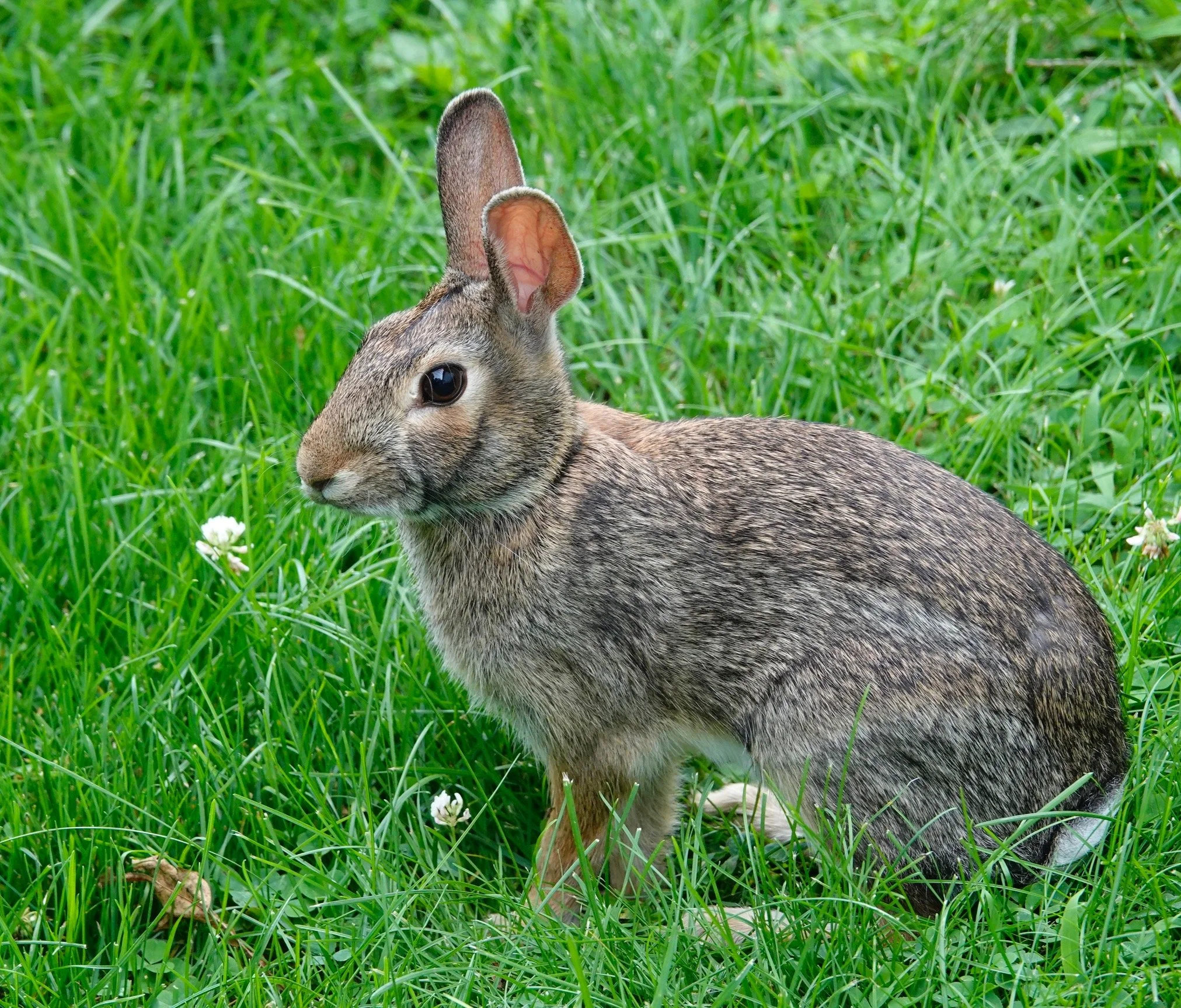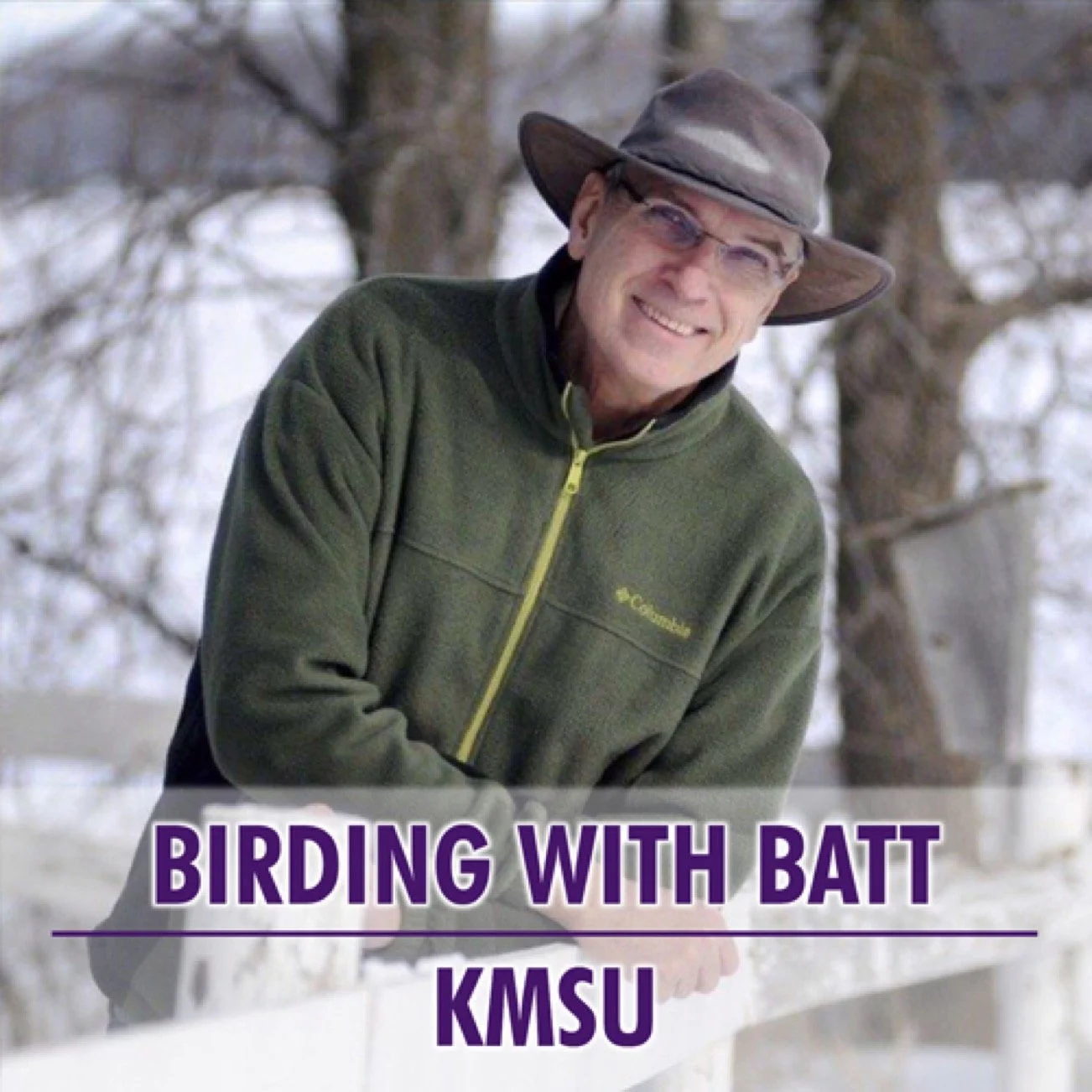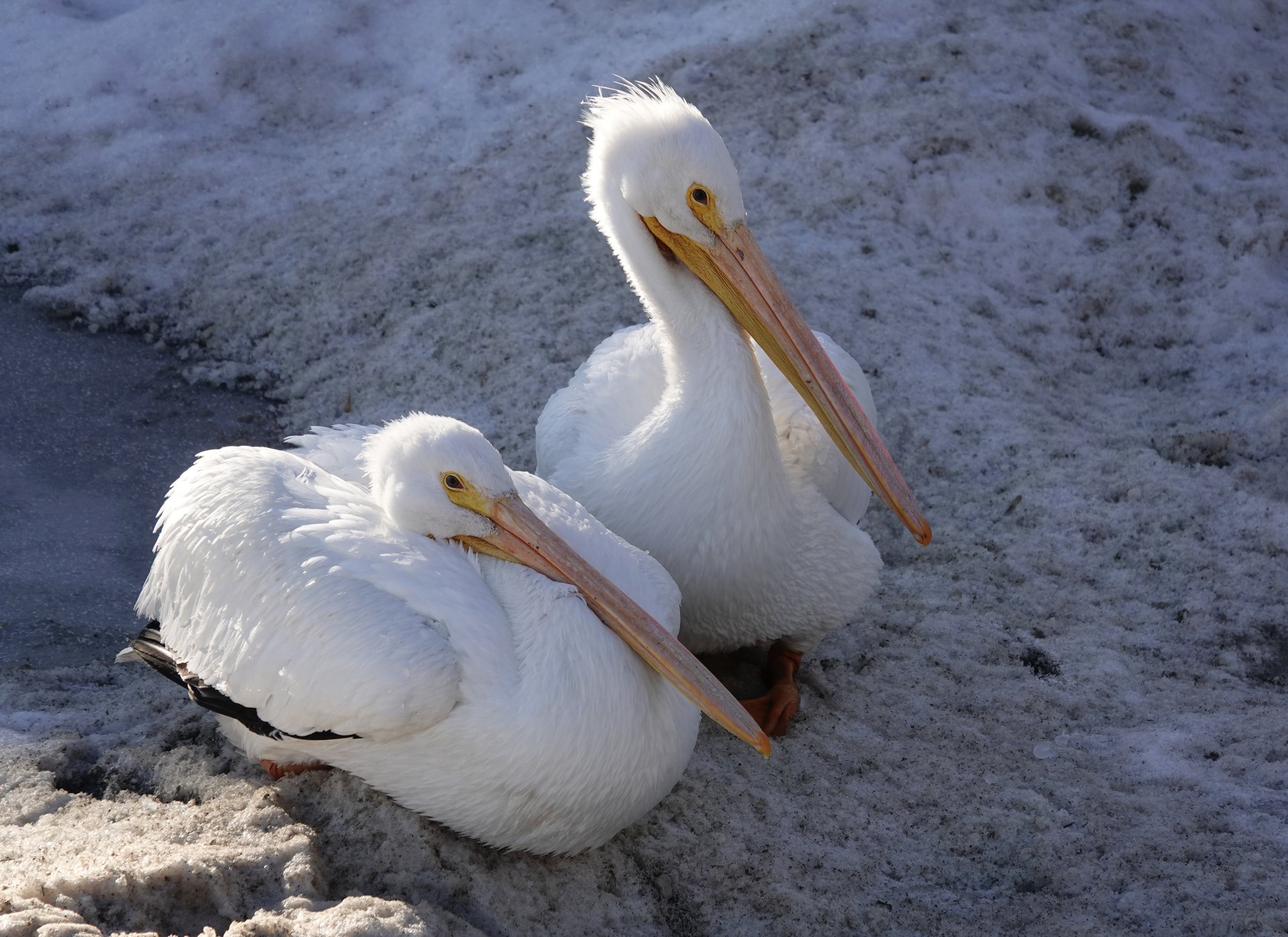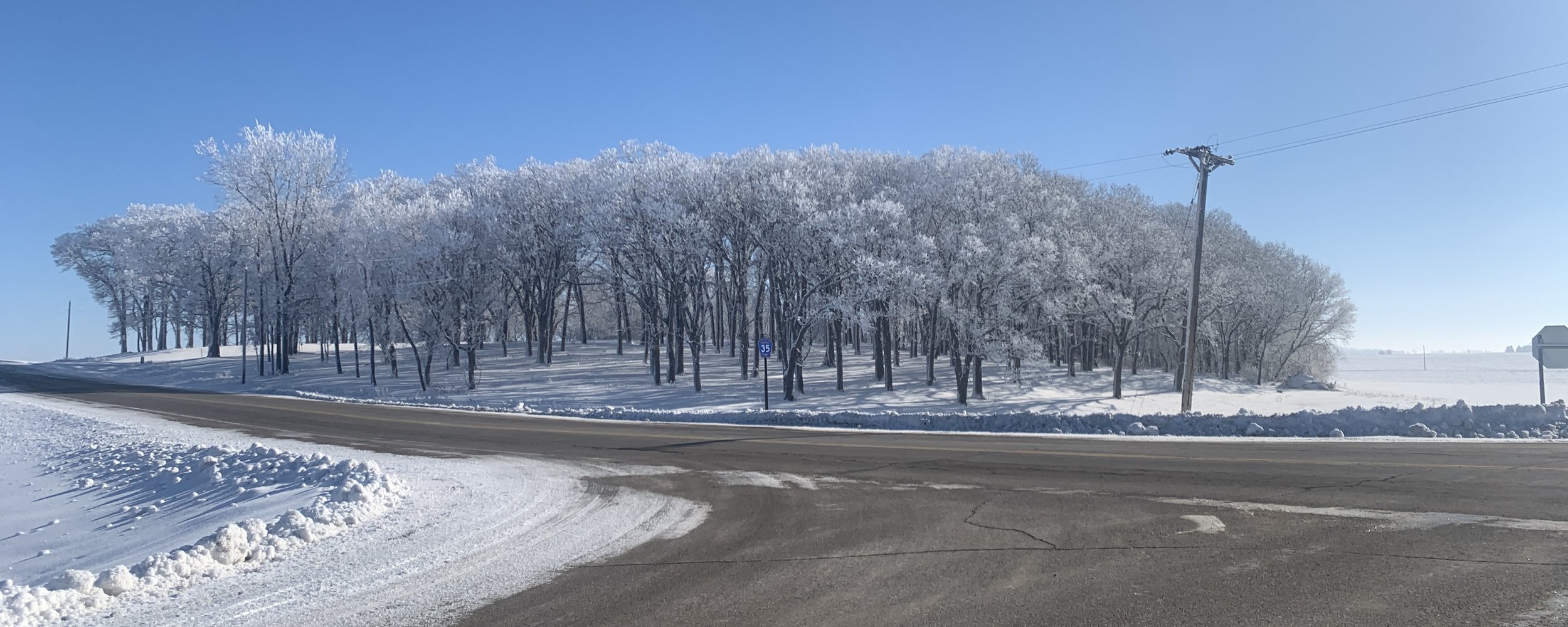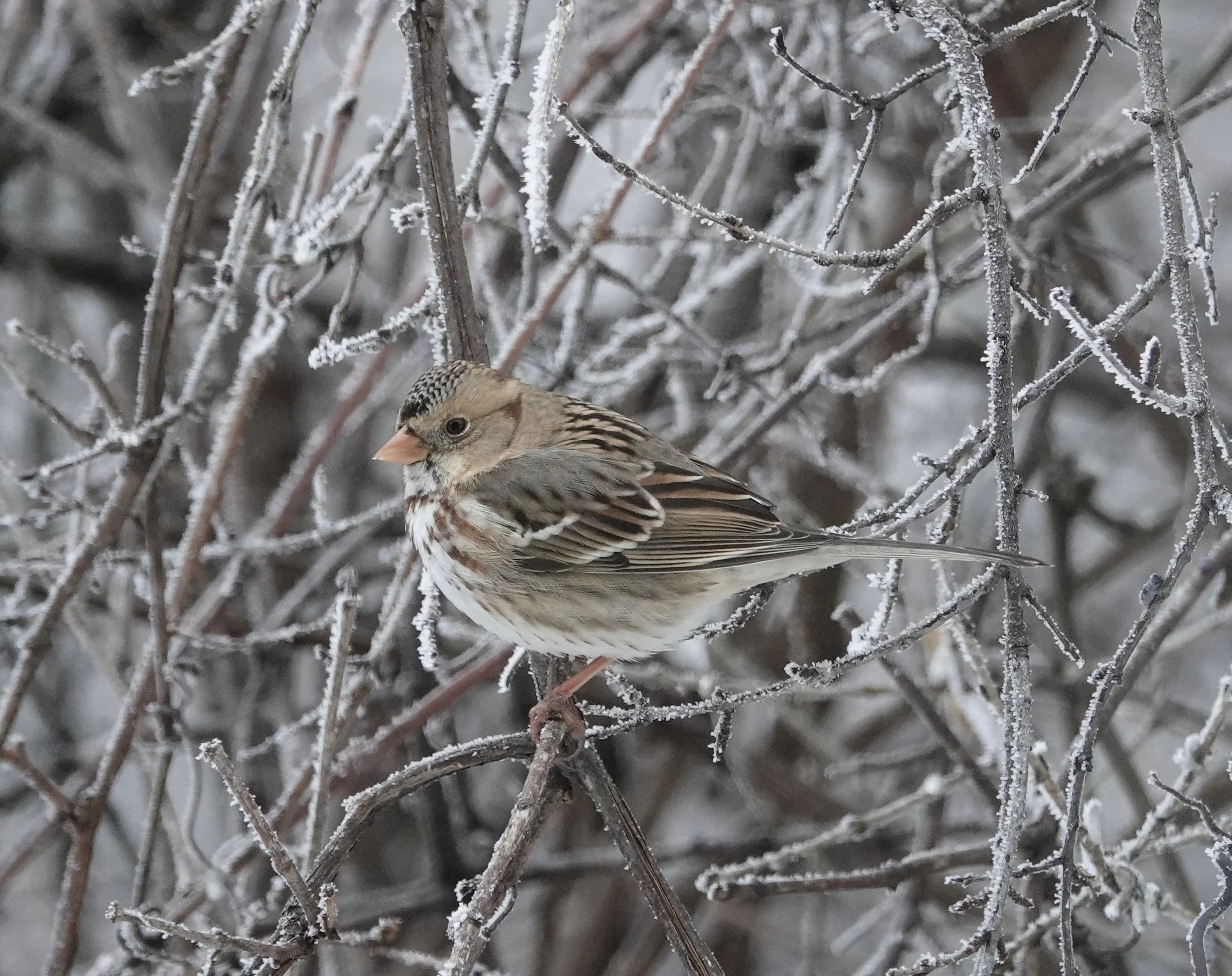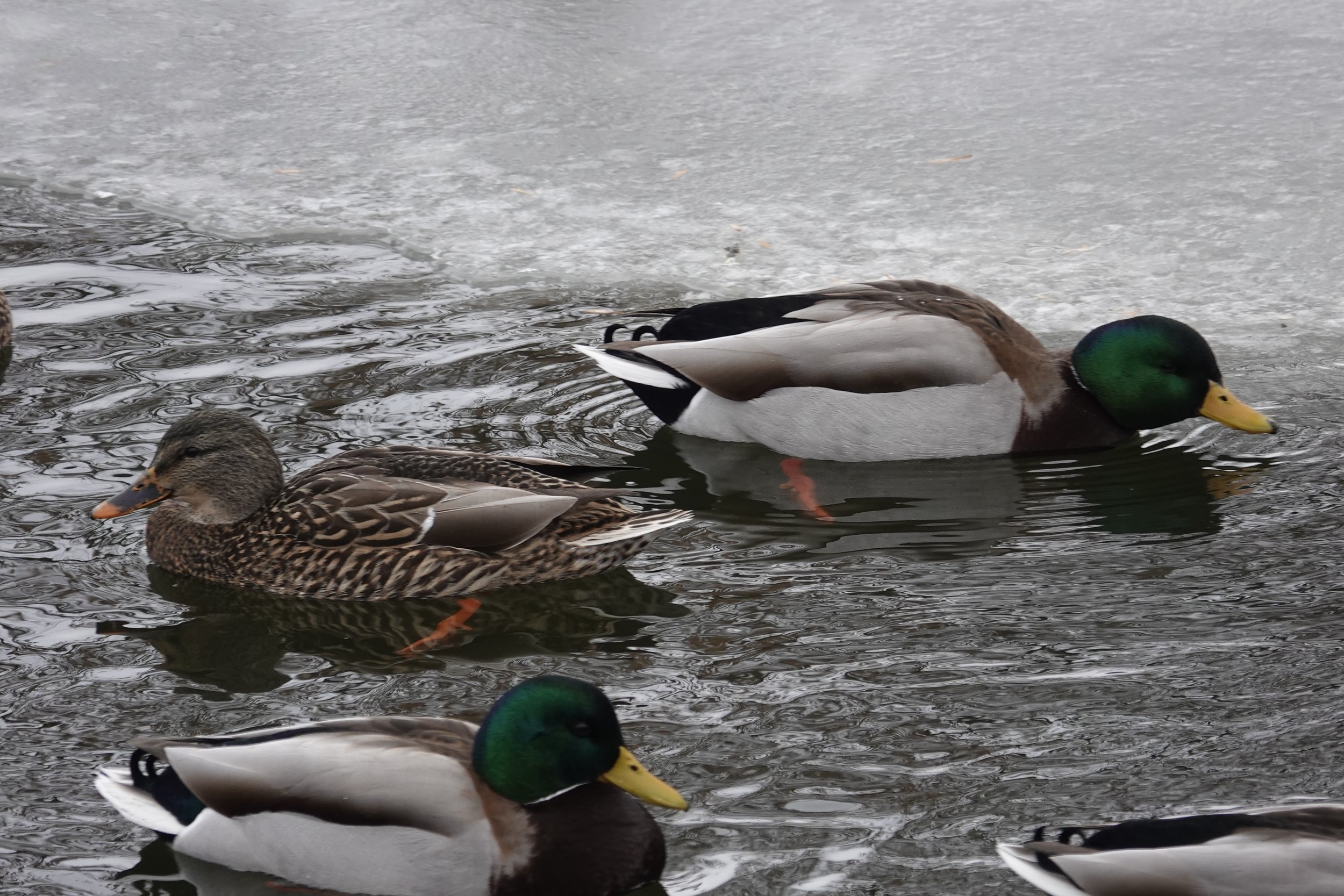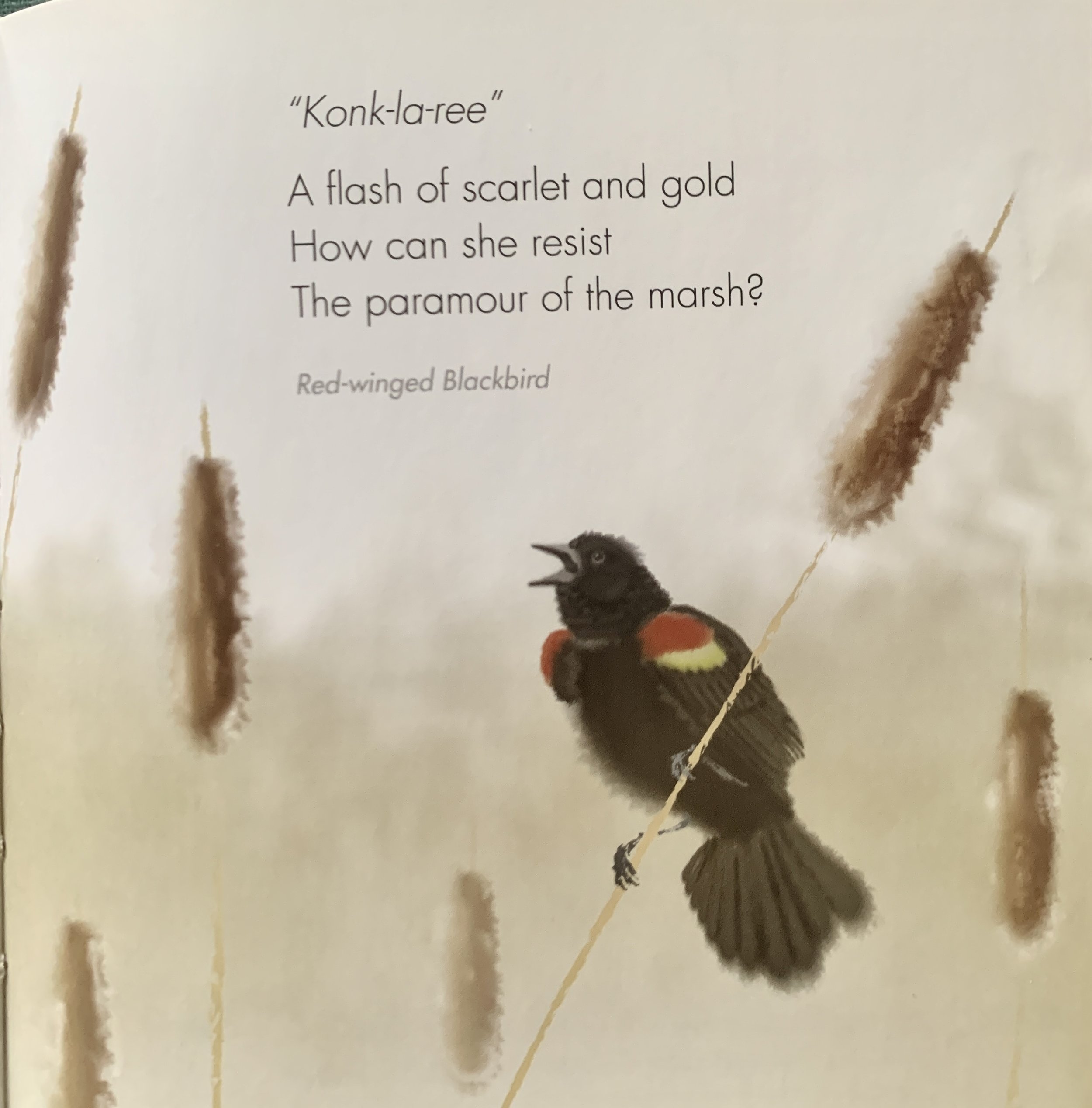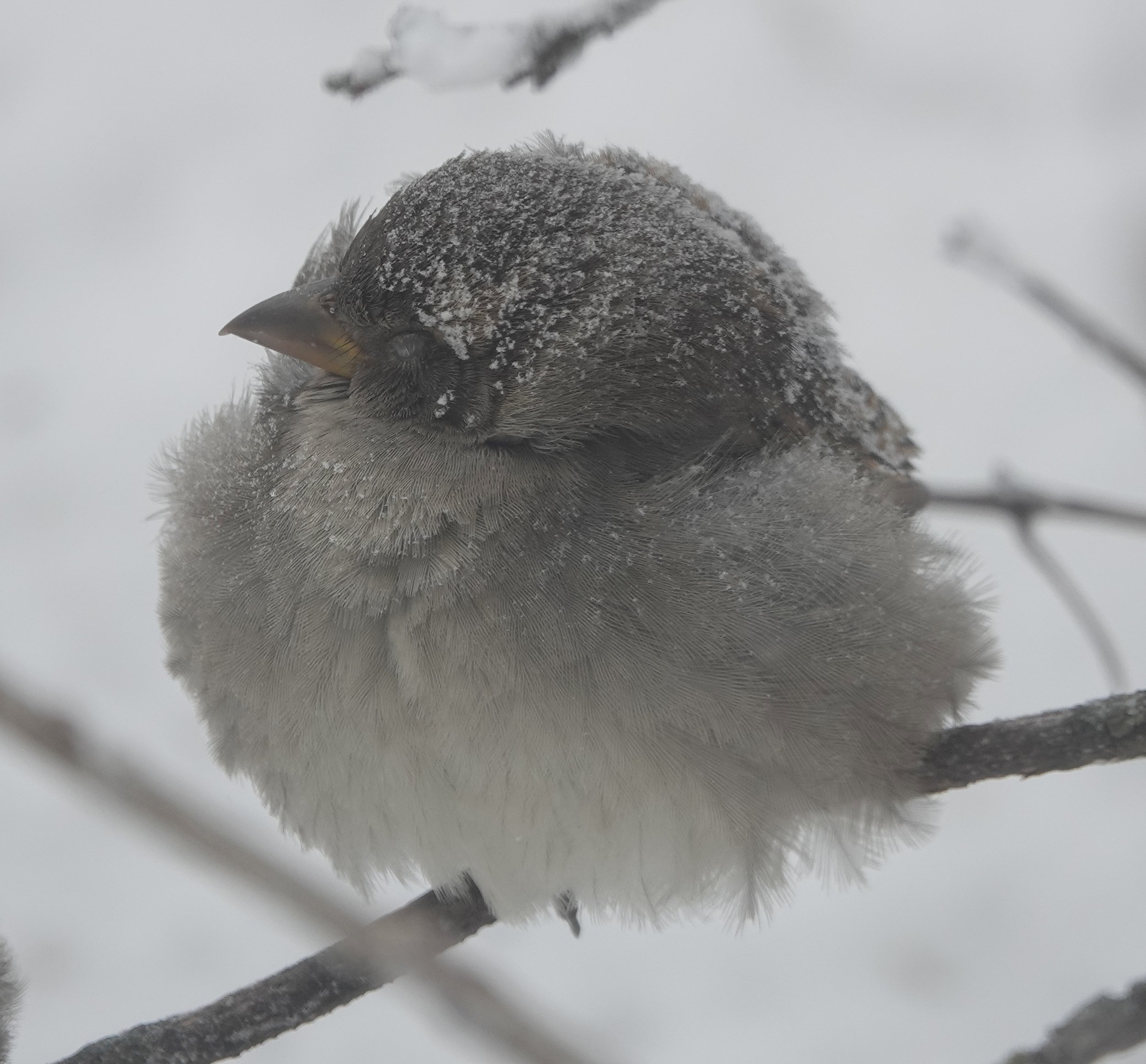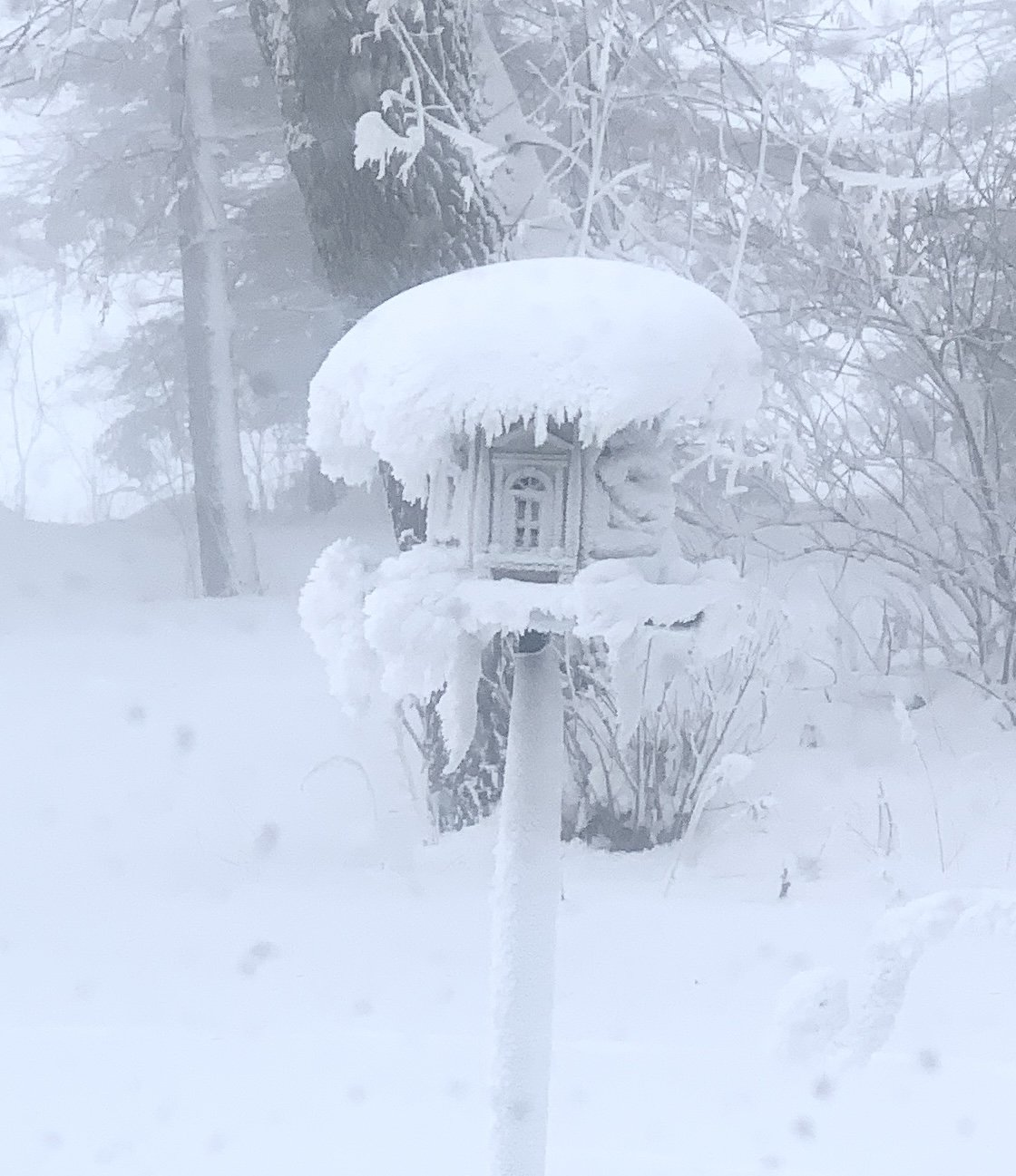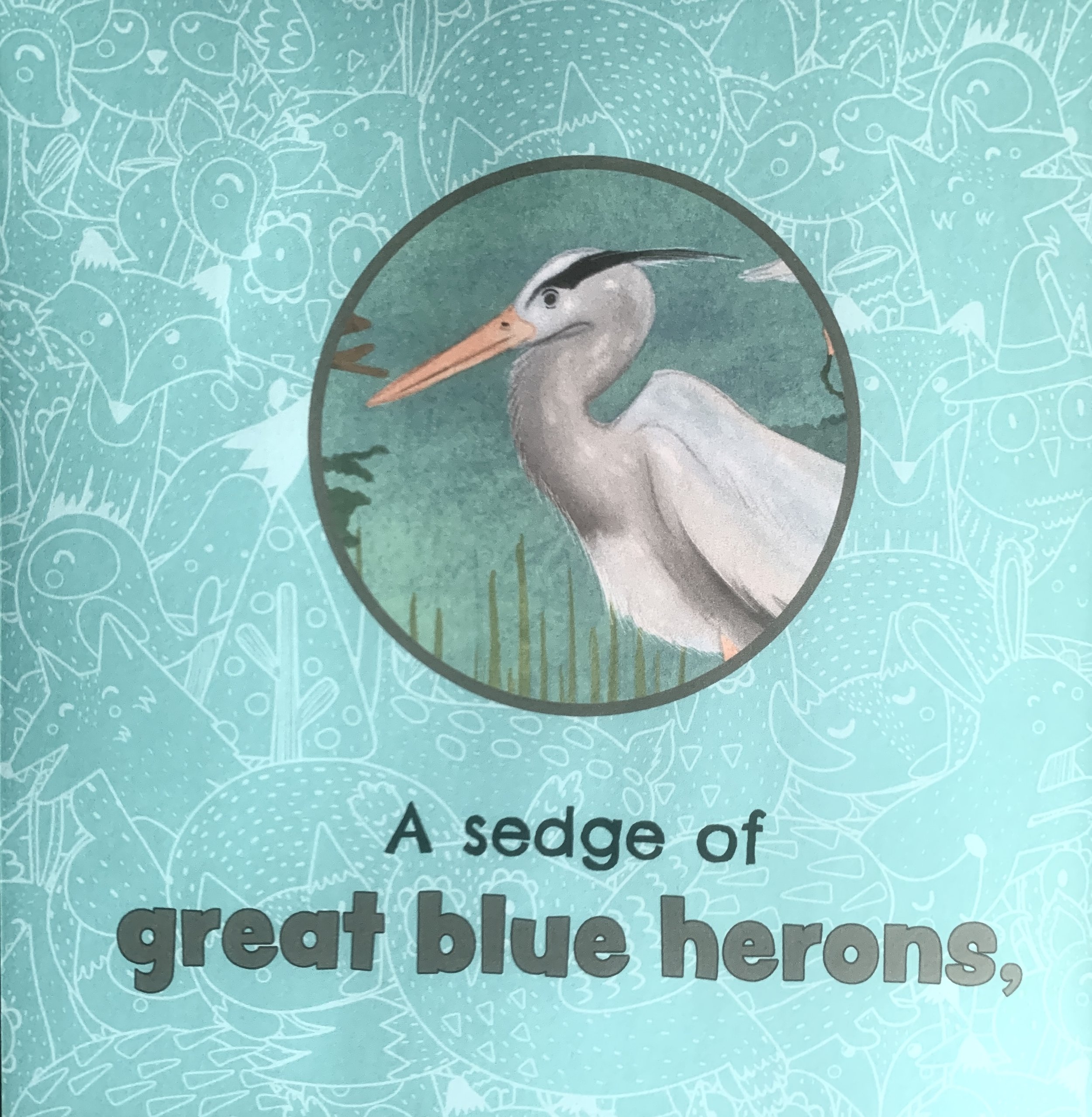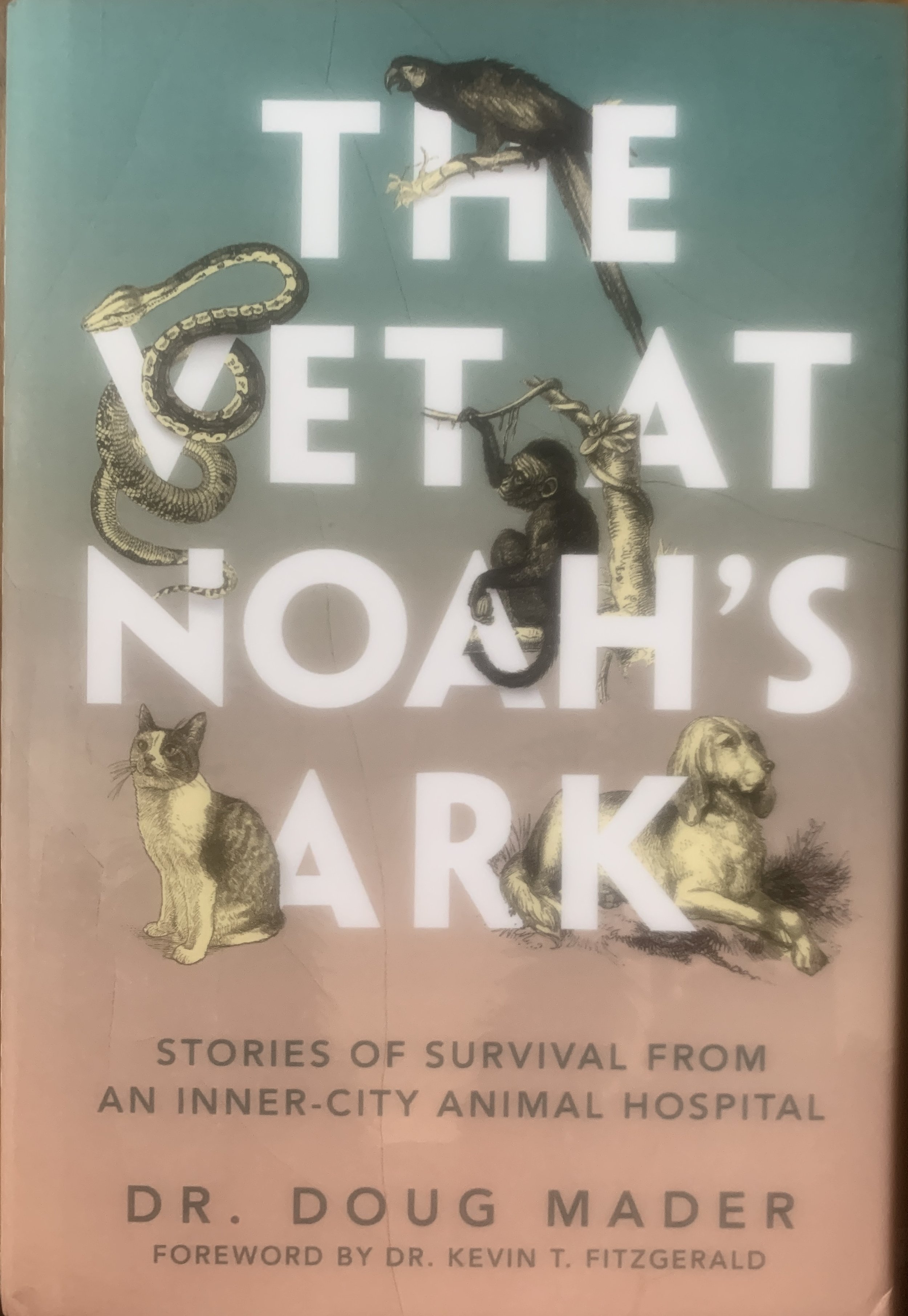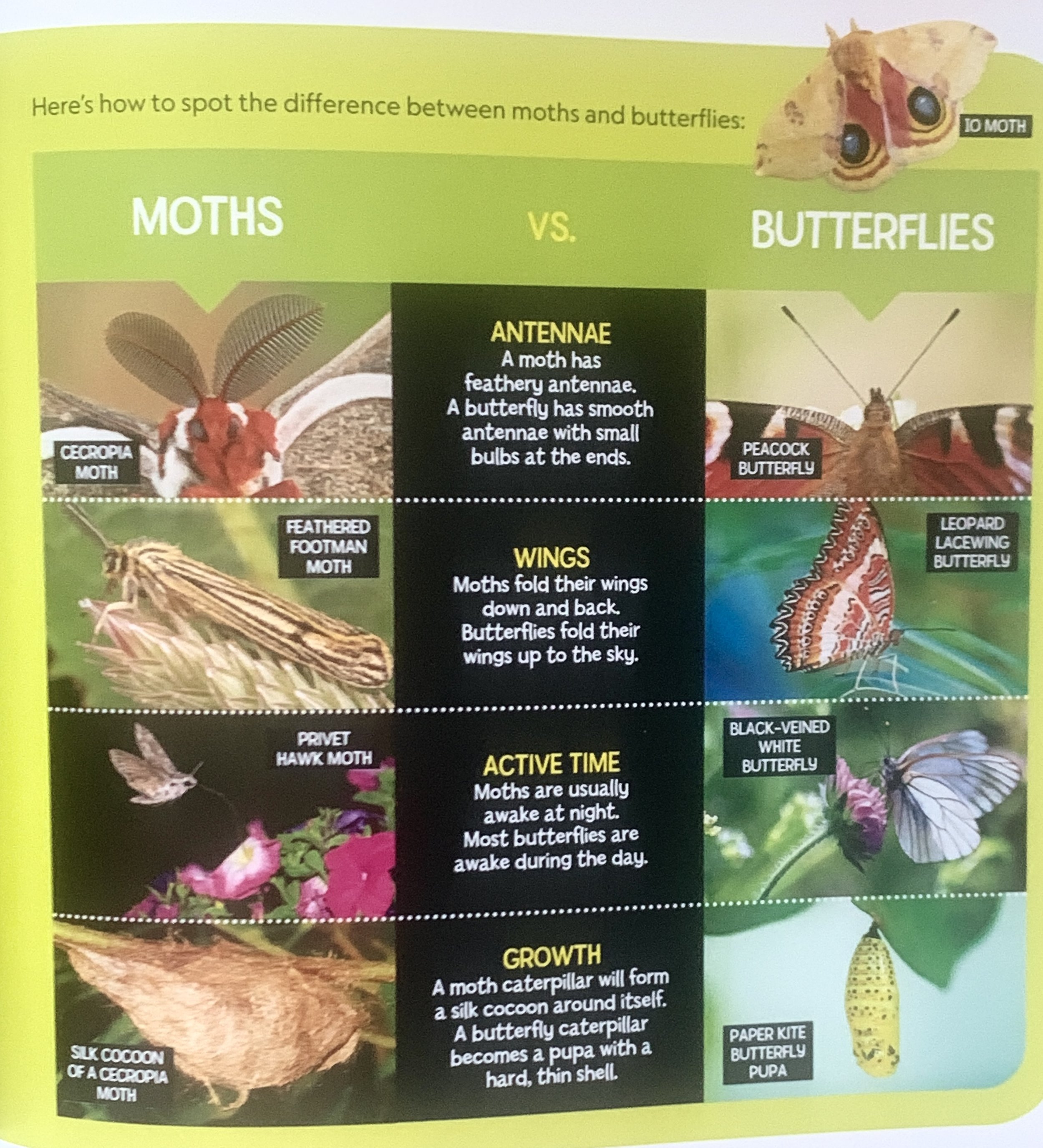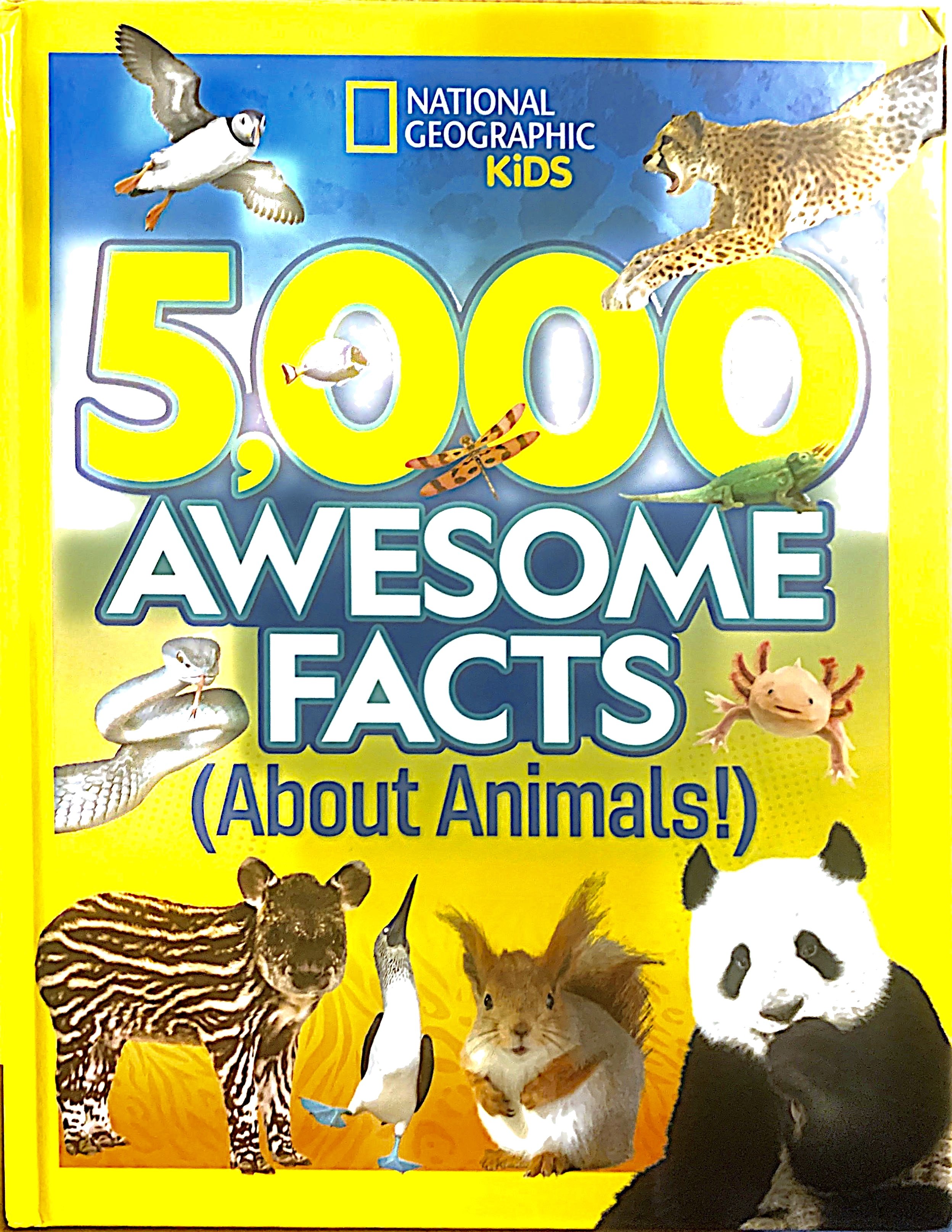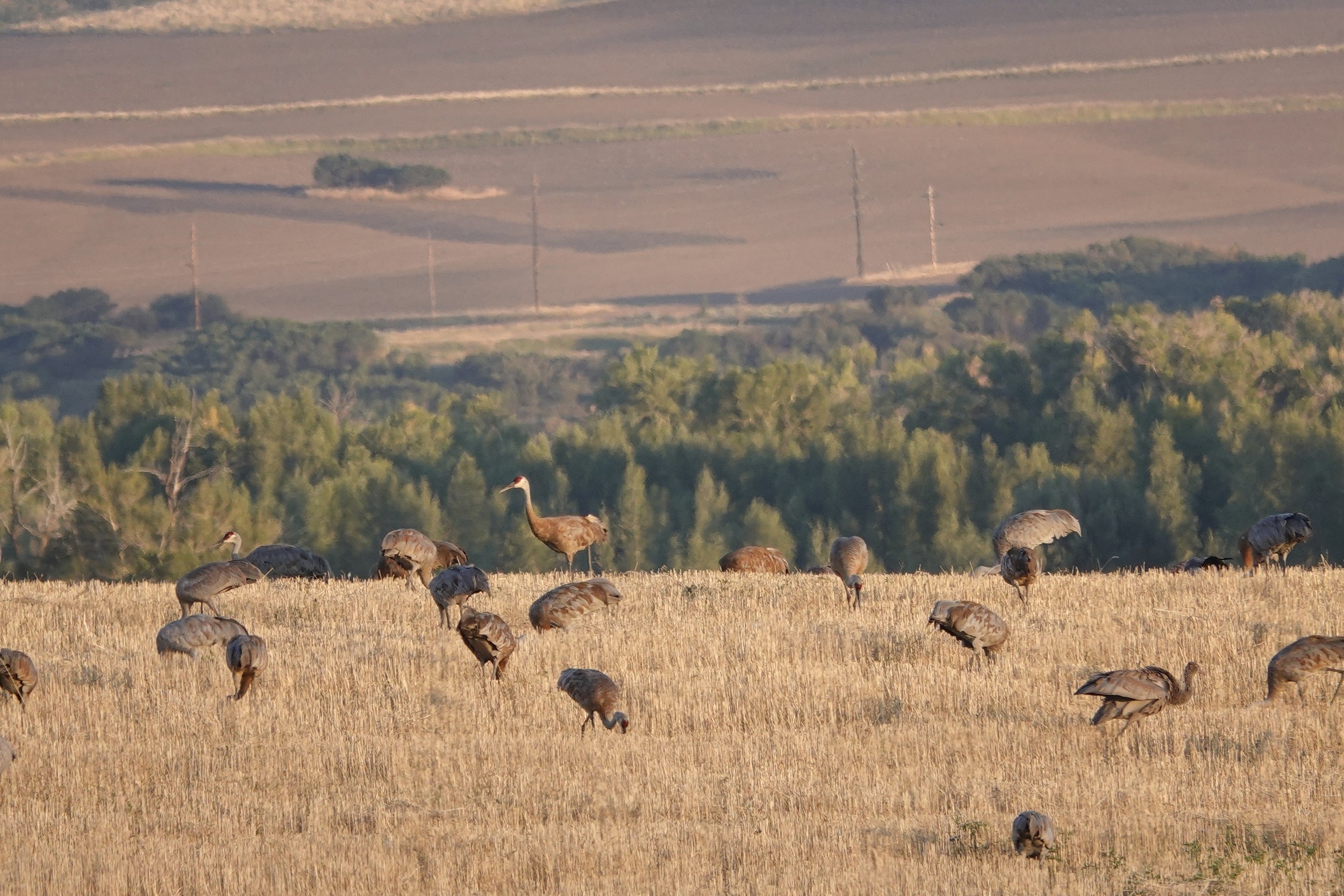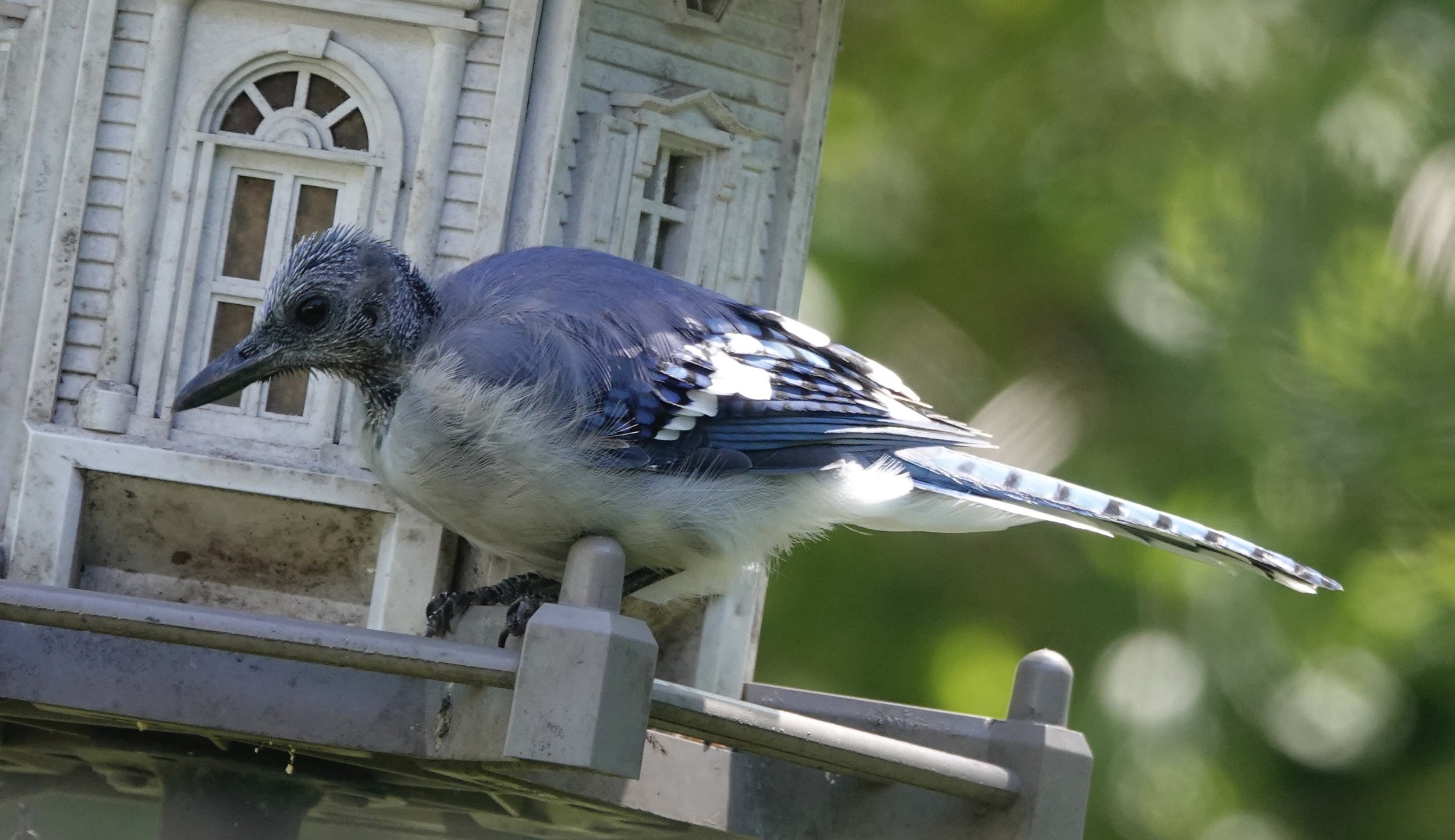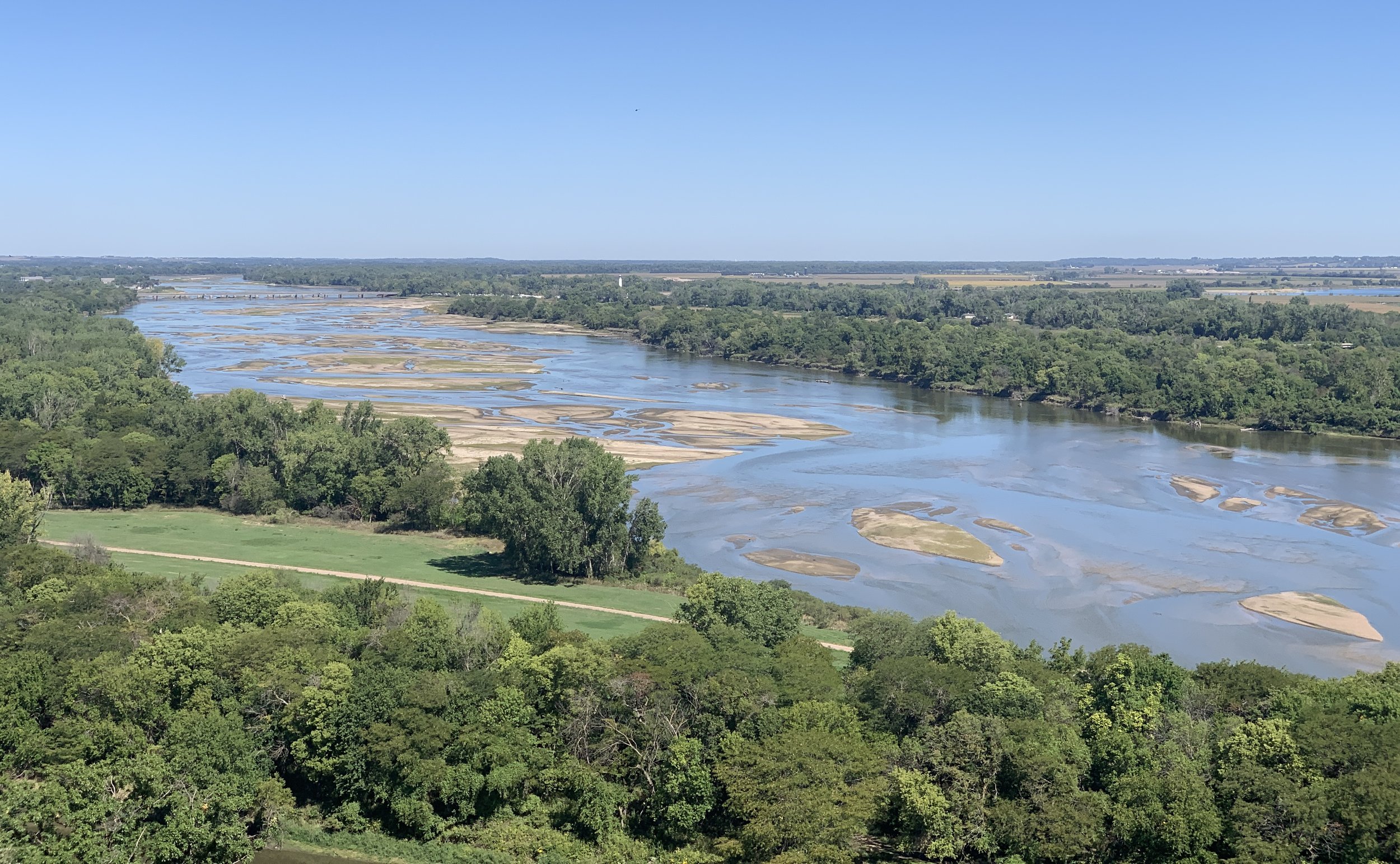Naturally
There is a gang of wild turkeys that have adopted a stretch of highway not far from my humble abode. I haven’t seen them pick up any trash yet, but I hope that’s their intention. They eat the spilled corn and soybeans they find there. The road is busy, but the turkeys claim the right-of-way. I had to come to a near stop before the turkeys grudgingly vacated my lane. They were telling me to go around.
Occasionally, a turkey is hit by a car and the carcass of the big bird becomes a meal for bald eagles and crows in the daytime and coyotes at night. I saw bald eagles feeding on road-killed deer and snow buntings feeding on seeds on the roadside near the turkeys. I listened to the sounds of birds. It’s nice to know who’s there.
I thought I thaw a thaw. On average, January 23 is the coldest day of the year in much of the Northern Hemisphere. The warmest day of the year, on average, is July 24. A January thaw is defined as at least two straight days with temperatures above 32 degrees.
Birding with Batt
If you missed the “Birding With Batt” on the airwaves this week, you can hear it any time you like via the free KMSU radio streaming app. The app is available for Apple and Android devices, allowing you to livestream 89.7 the Maverick, find playlists and listen to shows on-demand.
Q&A
“What good are blue jays? They are bullies.” The aggressive nature of jays is the main reason many birders don't like them. Blue jays are loud, eat a lot and they're domineering. They’re much like us. In the words of Mark Twain, "There's more to a jay than any other creature. You may call a jay a bird. Well, so he is, in a measure, 'cause he's got feathers on him and he don't belong to no church perhaps, but otherwise he's just as much a human as you and me." It’s a handsome bird. Their lovely colors are welcome on gray days. Males and females look alike. Blue jays play an important role in the ecosystem. They enjoy eating acorns, and cache acorns, which has played a role in forest restoration. They cache acorns farther from the mother tree than do squirrels. They eat grasshoppers and tent caterpillars.
“When is the breeding season for opossums?” Opossums mate between January and May, bearing two litters of 6 to 20 young each year. The young aren’t fully developed at birth. They climb up the mother's belly and into her pouch where they attach themselves to a teat. There they remain for 60 to 70 days. For a month after that, the young opossums climb in and out of the pouch, never straying far. When mouse-sized, they climb onto their mother's back, where they spend much of their time before becoming more independent. Opossums eat almost anything: worms, snakes, insects, eggs, young birds, fruit, grain, garbage and carrion. After eating, opossums wash much like a cat.
“When did cardinals first come to Minnesota?” Northern cardinals are a common breeding species in Minnesota, spreading from southeastern Minnesota into Minneapolis and west to Owatonna by the 1920s. The state's first record for a cardinal was in 1875. Many of the first arrivals were lone males that appeared in the fall, winter, or spring in scattered locations in southern Minnesota. After the 1875 record, cardinals appeared in Sherburne County (1887), Kandiyohi County (1894), Fillmore County (1898) and Martin County (1913). T.S. Roberts, the father of Minnesota ornithology, wrote that the first confirmed nesting of a cardinal was in Steele County in 1925 (nest with eggs). Nesting was documented in Hennepin County in 1927 (young being fed by adults) and in Goodhue County in 1930 (nest with eggs). The Cornell Lab attributes the cardinal’s expansion to two factors: More bird feeders and more landscaped yards with shrubbery, which provide fruit for food, shelter for nesting habitat and cover in winter.
“Why am I hearing great horned owls calling now?” December and January are when great horned owl pairs engage in vigorous hooting while establishing territories and courting. They’ll be incubating eggs by February. The breeding pair may perform a duet of alternating calls, with the larger female’s voice noticeably higher in pitch than the male’s.
“What is the old saying about fishing and the wind?” Wind from the west, fish bite the best. Wind from the east, fish bite the least. Wind from the north, do not go forth. Wind from the south blows bait in their mouth.”
Thanks for stopping by
“Enjoy every bird.”--Al Batt.
“Manners are a sensitive awareness of the feelings of others. If you have that awareness, you have good manners, no matter what fork you use.”—Emily Post.
Do good.
©️Al Batt 2023
A dark morph rough-legged hawk. Rough-legged refers to the feathering that extends to the base of the toes, which conserves heat in frigid weather. I called them Christmas hawks when I was a boy because I saw them in winter. They hover while facing into the wind as they hunt. A sighting was and is always a welcome gift. Photo by Al Batt.


